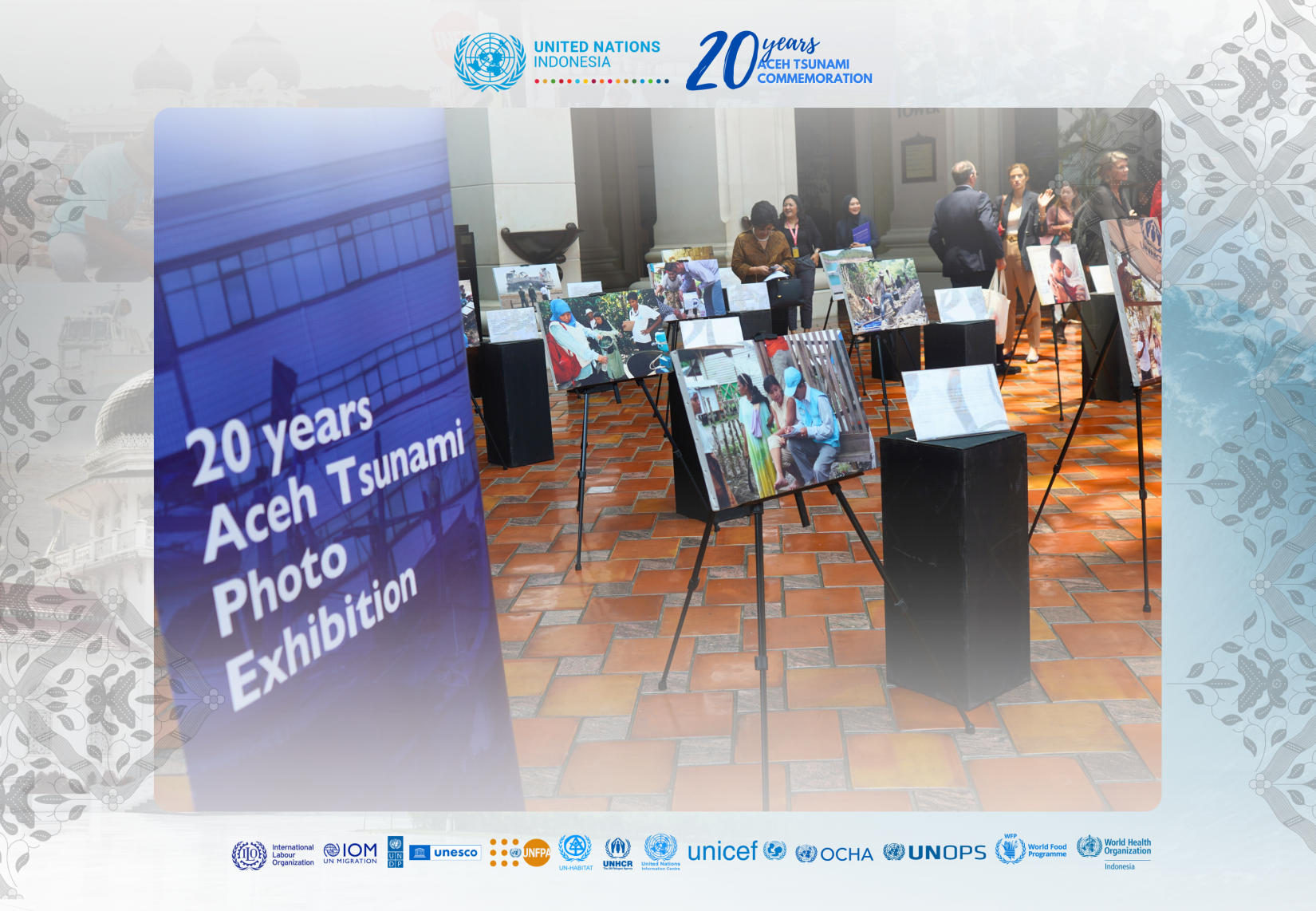
Online Photo Exhibition - 20 Years Aceh Tsunami Commemoration
This photo exhibition stands as a poignant tribute to the tragic events of December 26, 2004, when the Aceh region of Indonesia was devastated by a tsunami that claimed countless lives and left communities in ruins. In the aftermath, a remarkable humanitarian response unfolded – guided by the core humanitarian principles and coordinated efforts, UN agencies, local organizations, and countless volunteers came together to support the Government of Indonesia to save lives, rebuild communities, and restore the dignity of those most affected. This joint response stood as a testament to the global commitment to respond to crises with compassion, solidarity, and respect for human dignity. Visit our "20 Years Aceh Tsunami Commemoration" page: bit.ly/UN-20YearsAcehTsunami

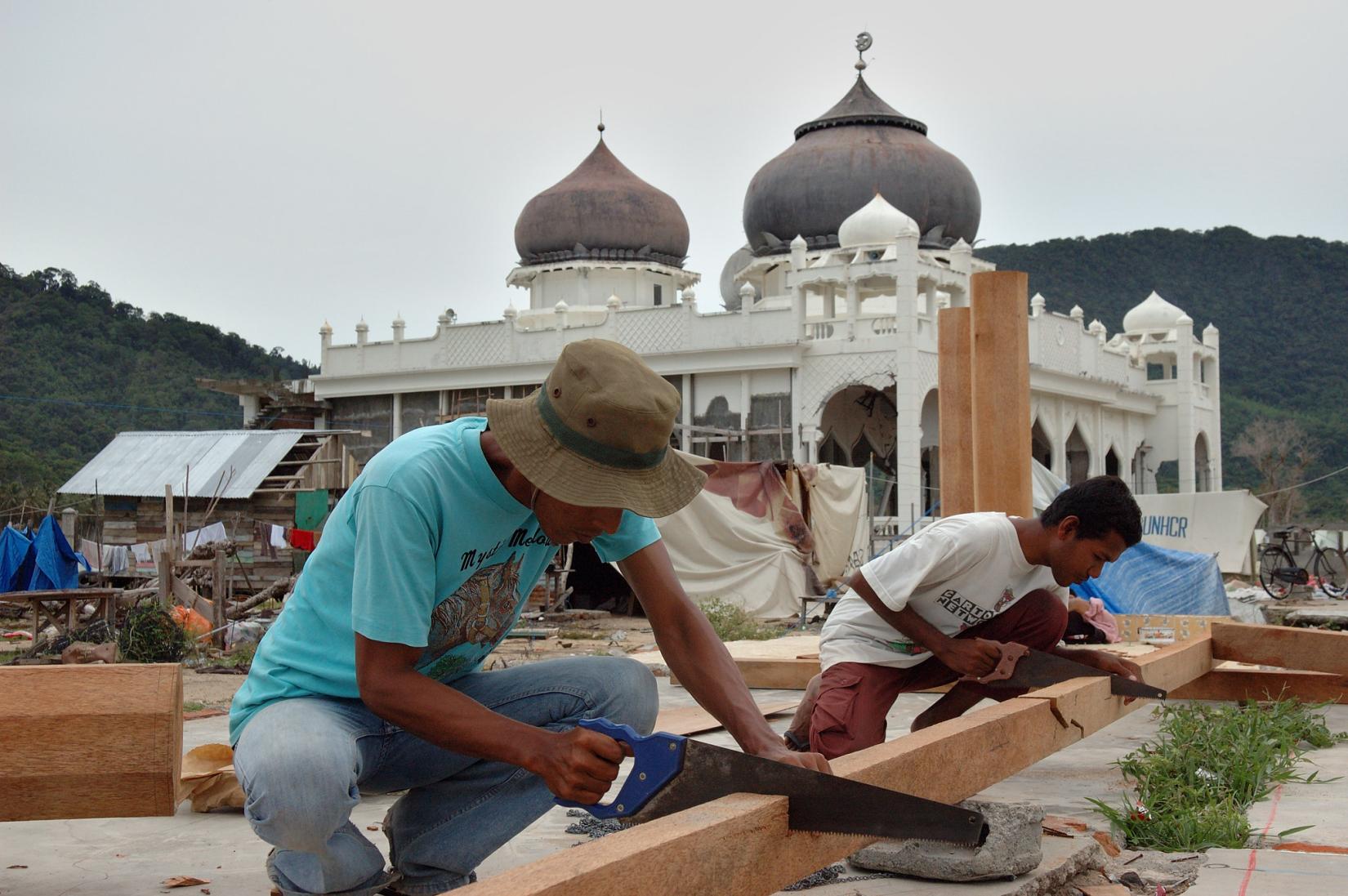
From Ruins to Renewal: Aceh's Path to Recovery. (Aceh, 2005)
International Labour Organization (ILO) | The reconstruction work in Aceh Province and Nias Island lasted several years. Nonetheless, in six months, the local people has exhibited incredible resilience and is boldly returning to their life. In this photograph, a man is actively working to reconstruct a home in a tsunami-devastated district of Banda Aceh.
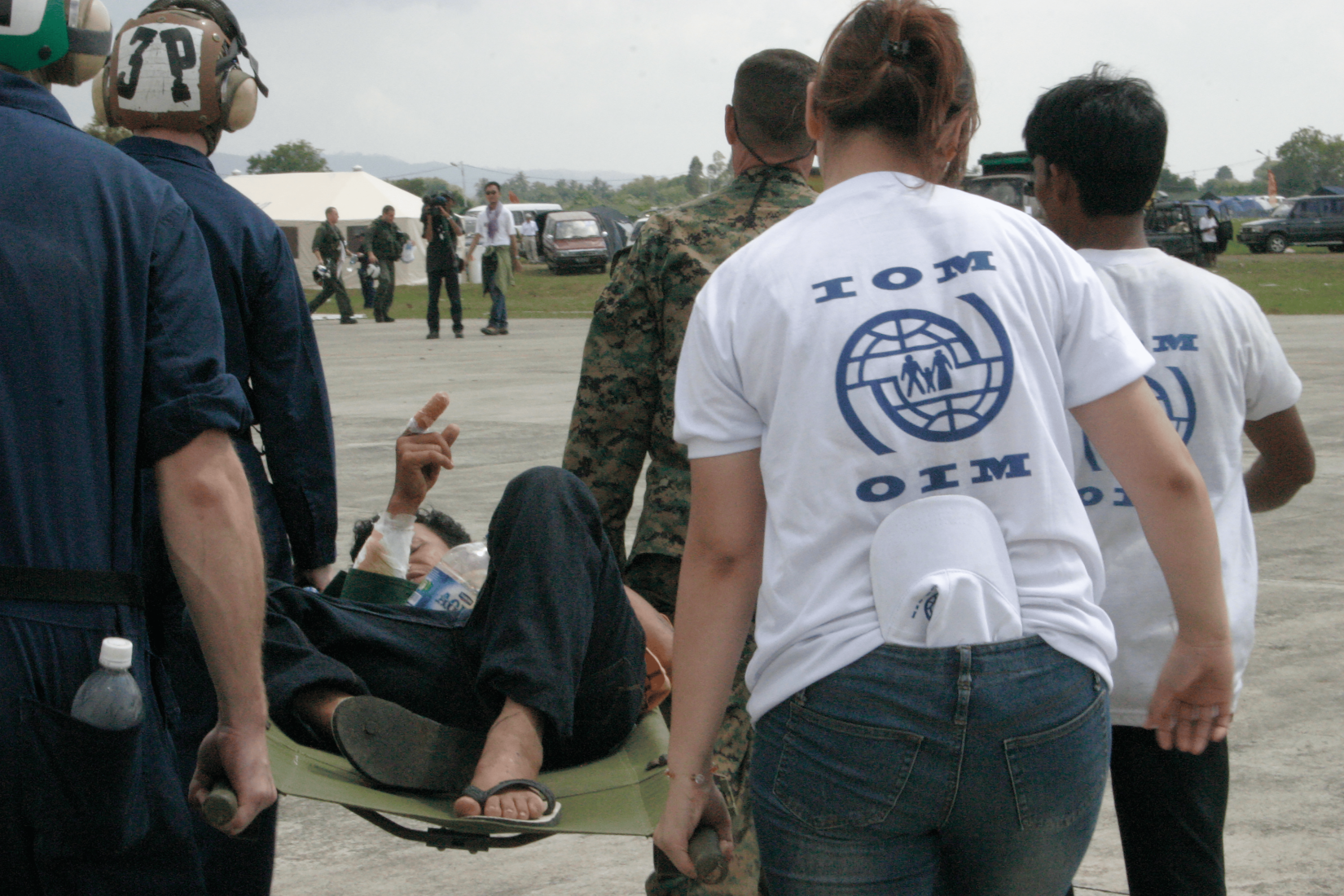
Tsunami Aftermath: The Critical Role of Medical Assistance. (Aceh, 2005)
International Organization for Migration (IOM) | In a coordinated effort to provide immediate assistance, personnels from the International Organization for Migration (IOM) worked with the United States service members to ensure the rapid transportation of a Tsunami survivor. Recognizing the situation's urgency, the team mobilized quickly to facilitate the survivor's transfer to a medical facility where they could receive essential life-saving medical care. This collaboration exemplifies both organizations' commitment to humanitarian aid and highlights the importance of partnership in crisis response efforts.
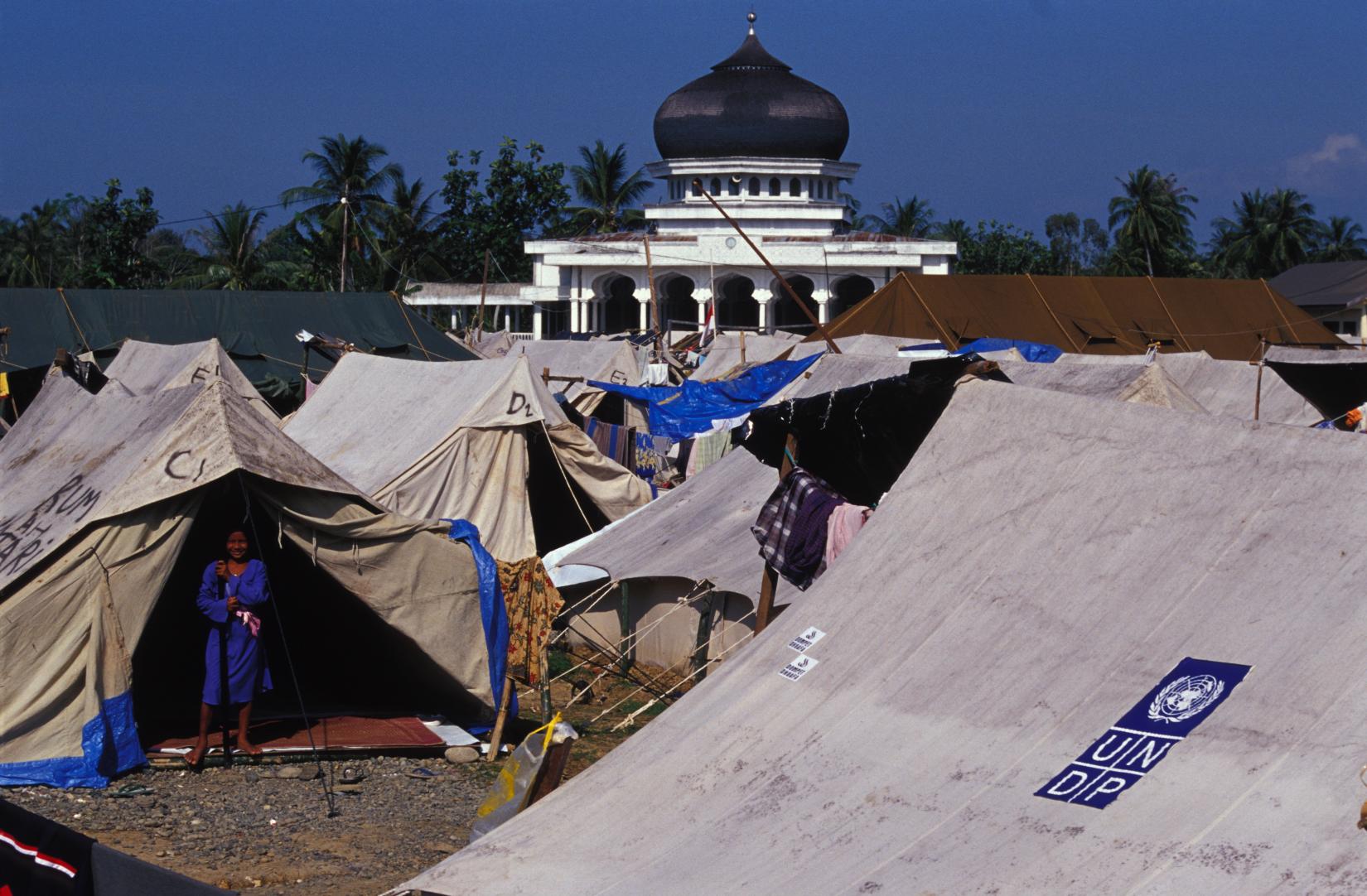
Building Back Better: UNDP's Vision for Post-Disaster Recovery. (Aceh, 2005)
United Nations Development Programme (UNDP) | After access to international assistance was opened, the UNDP provided vital support, including tents, ready-to-eat meals, blankets, and other essentials for tsunami victims. They established temporary shelters in the hardest-hit areas, many of which were still affected by the ongoing conflict between the Free Aceh Movement and the Indonesian military.
Rebuilding Voices: The Importance of Local Broadcasting. (Aceh, 2005)
United Nations Educational, Scientific and Cultural Organization (UNESCO) | Following the 2004 tsunami, which caused devastating damage, including the collapse of radio towers, UNESCO stepped in to support the restoration of local community radio stations. As a UN agency focusing on communication and information, UNESCO played a critical role in ensuring that these stations could resume live broadcasting, enabling vital information to reach local communities quickly during emergencies and throughout recovery.
Ensuring Women's Health in Times of Crisis. (Aceh, 2005)
United Nations Population Fund (UNFPA) | Women cannot pause their pregnancy or stop their menstruations during disasters and emergencies. To make sure that women and girls continue to access sexual and reproductive health services post-Tsunami 2004 in Aceh, UNFPA established and operated sexual and reproductive health clinics in collaboration with provincial and district health offices and the Indonesian Midwives Association (IBI).
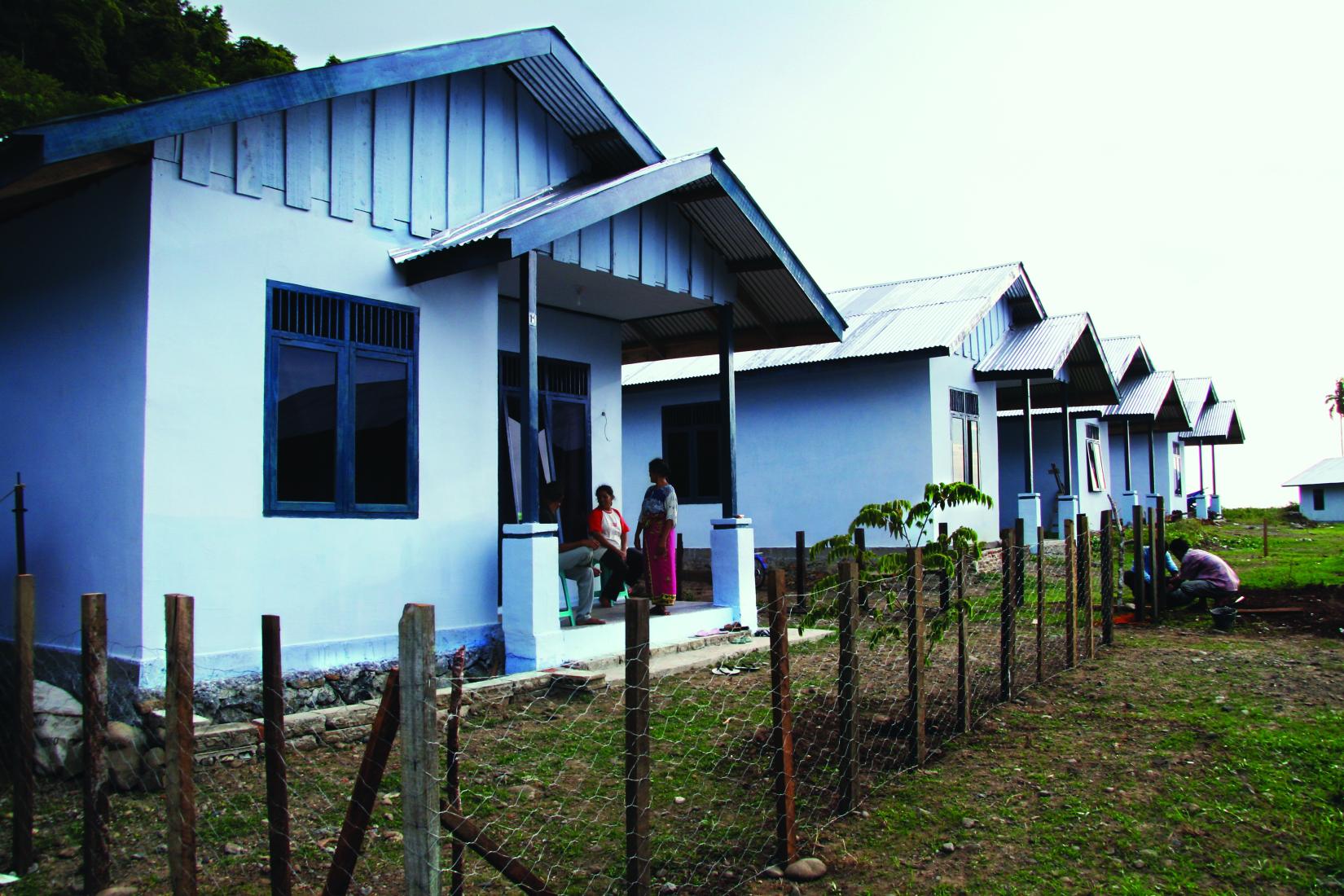
When Places Vanish. (Lampoh Raya, Aceh Besar, August 2006)
United Nations Human Settlements Programme (UN-Habitat) | In Lampoh Raya, all was lost: only twenty out of fifty families survived, and their land was lost to the sea, leaving no other option but to move and resettle. Supported by UN-Habitat, a lease to a plot of land nearby could be arranged, and houses could be rebuilt together. It took time for life to catch up. Many families had to seek jobs elsewhere in 2007; none were initially in Lampoh Raya. Moreover, being forced to resettle after disasters is always hard. Land issues in post-conflict Aceh were challenging then.
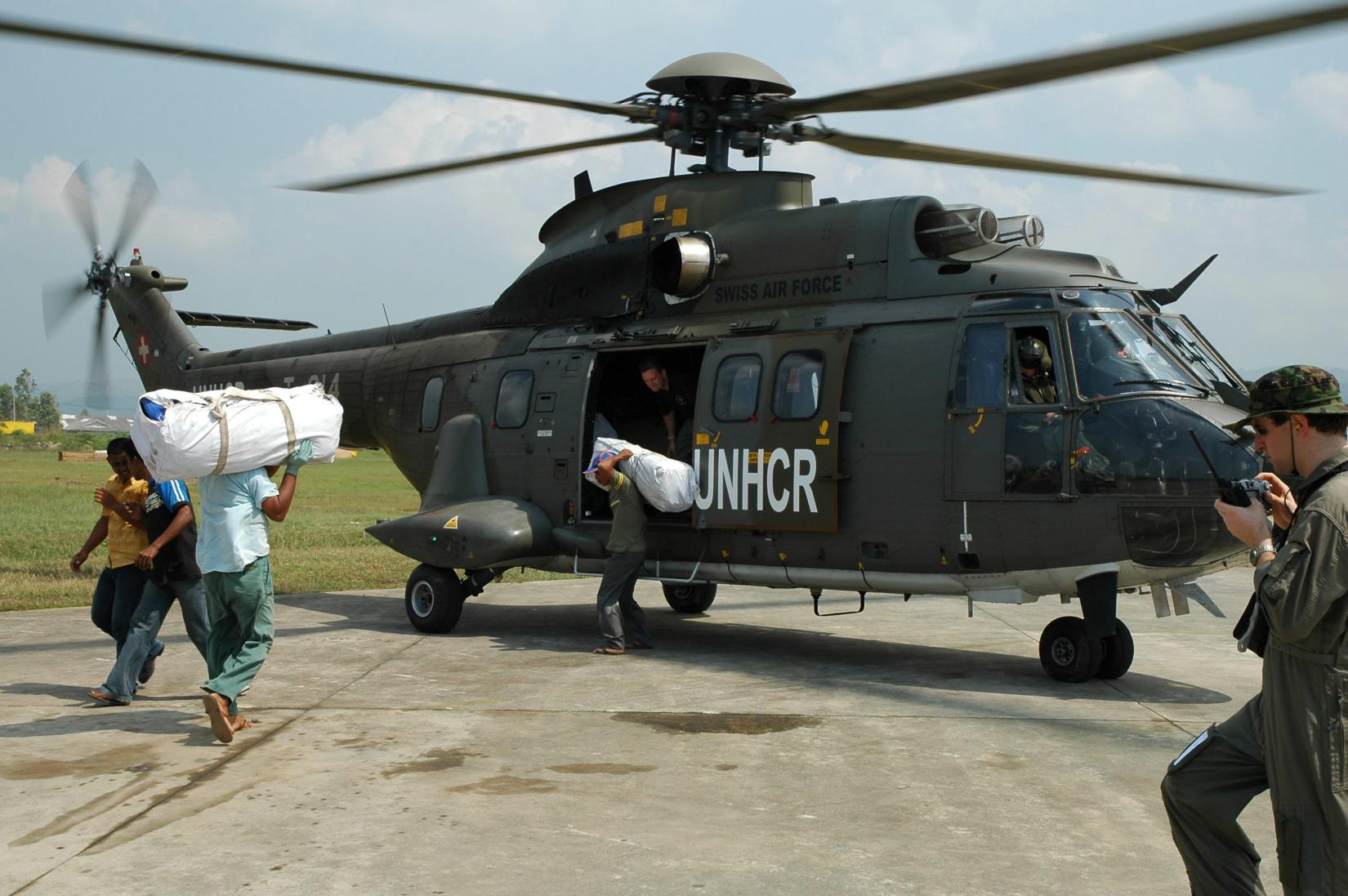
From Switzerland to Indonesia: A Mission of Hope. (Meulaboh, Aceh Barat, January 17, 2005)
United Nations High Commissioner for Refugees (UNHCR) | On Monday, January 17, 2005, a Super Puma helicopter, part of the Swiss Air Force's fleet, made a significant landing at the military airfield in Meulaboh, Indonesia and carried emergency core relief items from UNHCR, such as blankets and shelter kits. This event marked the beginning of a crucial humanitarian mission to assist the areas severely affected by the devastating tsunami that struck the region just weeks earlier, on December 26, 2004.
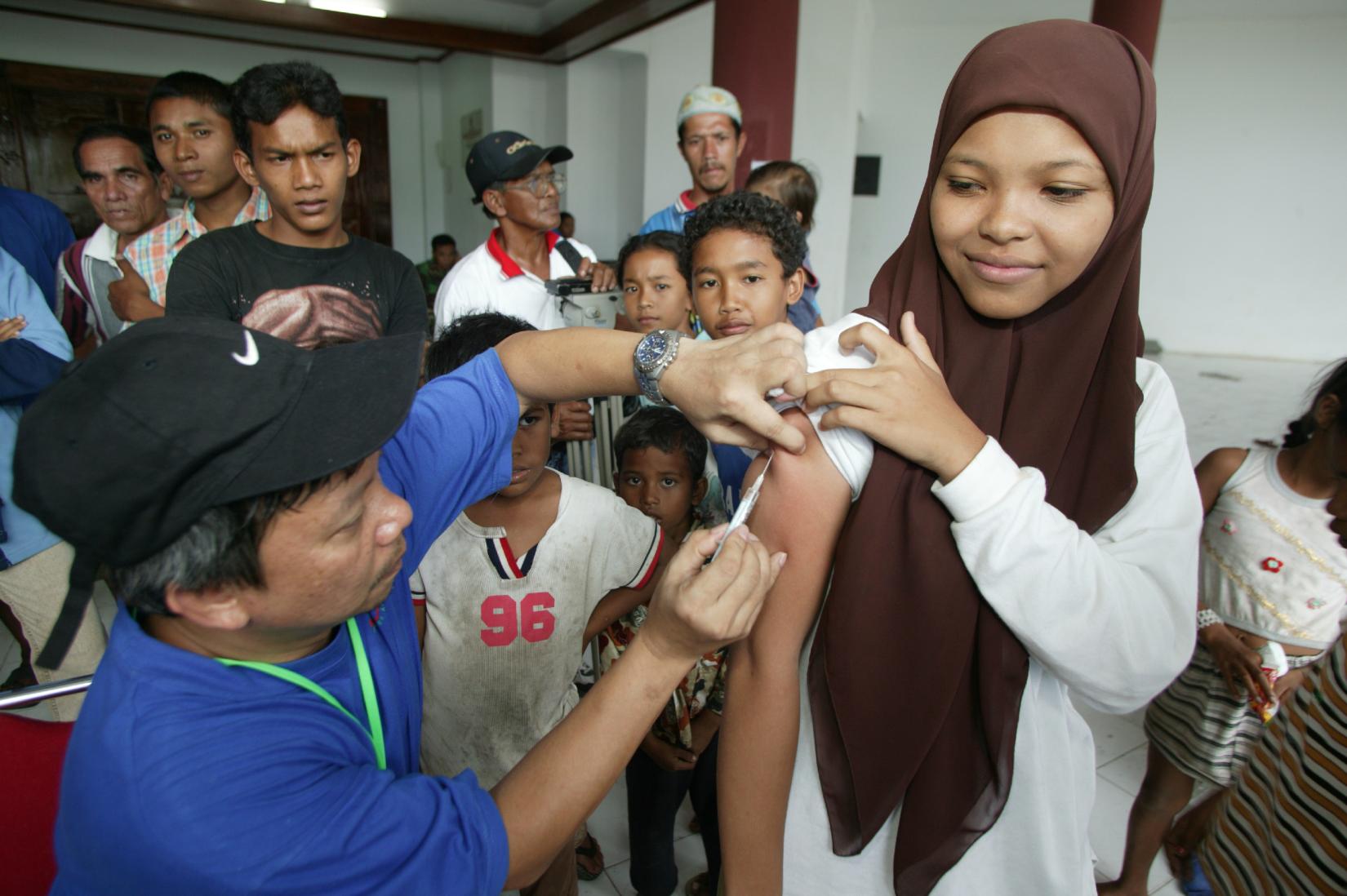
The Importance of Vaccination in Post-Tsunami Recovery. (Banda Aceh, June 2005)
United Nations Children's Fund (UNICEF) | Fatia, 15, is vaccinated against measles at a camp for people displaced by the Tsunami in Banda Aceh, the capital of the province of Aceh on Sumatra Island. Many of the doctors participating in the UNICEF-supported measles campaign were volunteers from other provinces in the country.
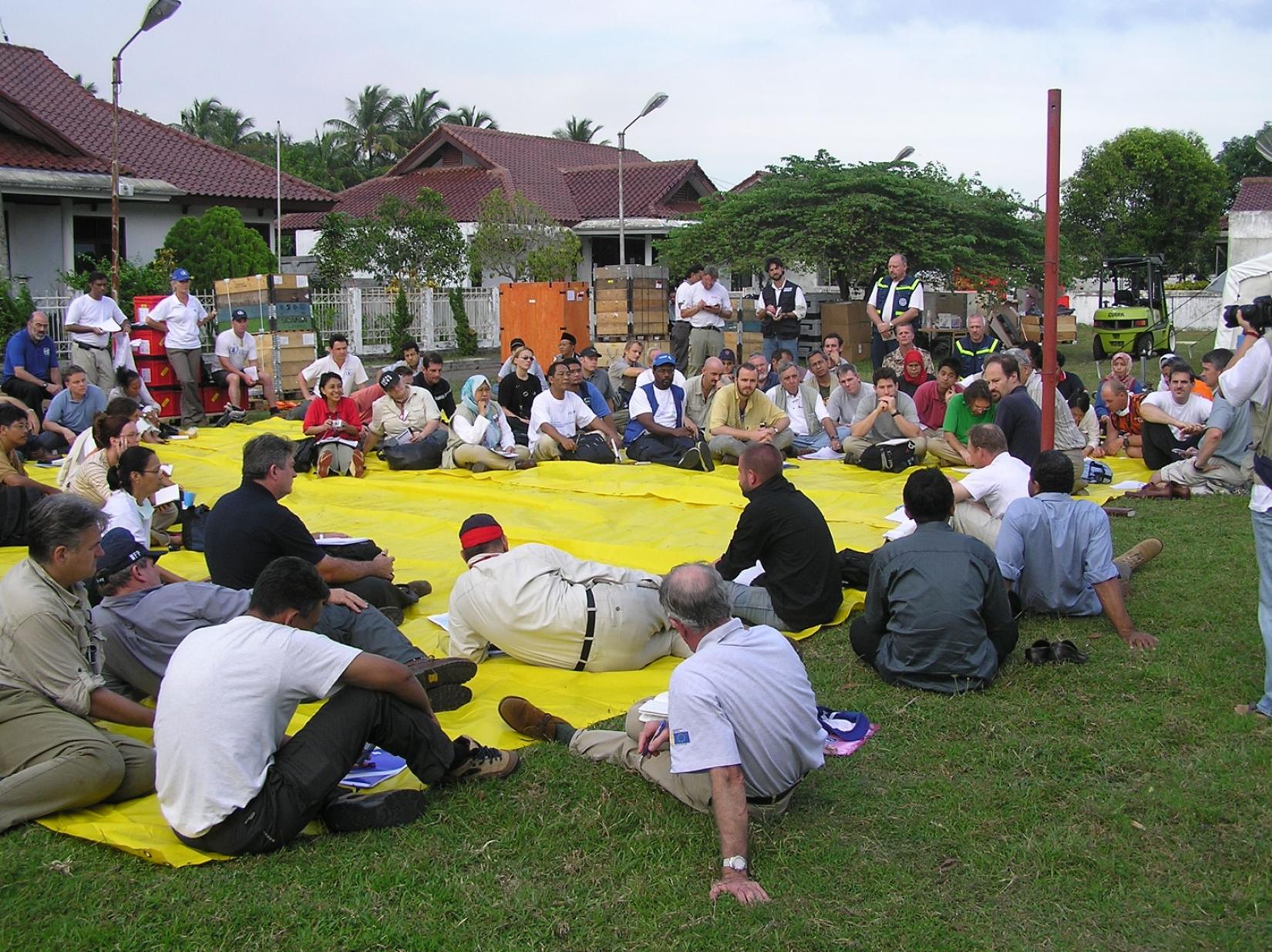
A Retrospective on the Banda Aceh Coordination Meeting. (Banda Aceh, 2004)
United Nations Office for the Coordination of Humanitarian Affairs (UN OCHA) | In 2004, following the devastating tsunami that struck the Indian Ocean region, the United Nations Office for the Coordination of Humanitarian Affairs (OCHA) took the initiative to organize a crucial coordination meeting in Banda Aceh, Indonesia. This meeting aimed to bring together a diverse array of stakeholders, including government representatives, non-governmental organizations (NGOs), international agencies, and local community leaders, to facilitate a comprehensive and effective response to the disaster.
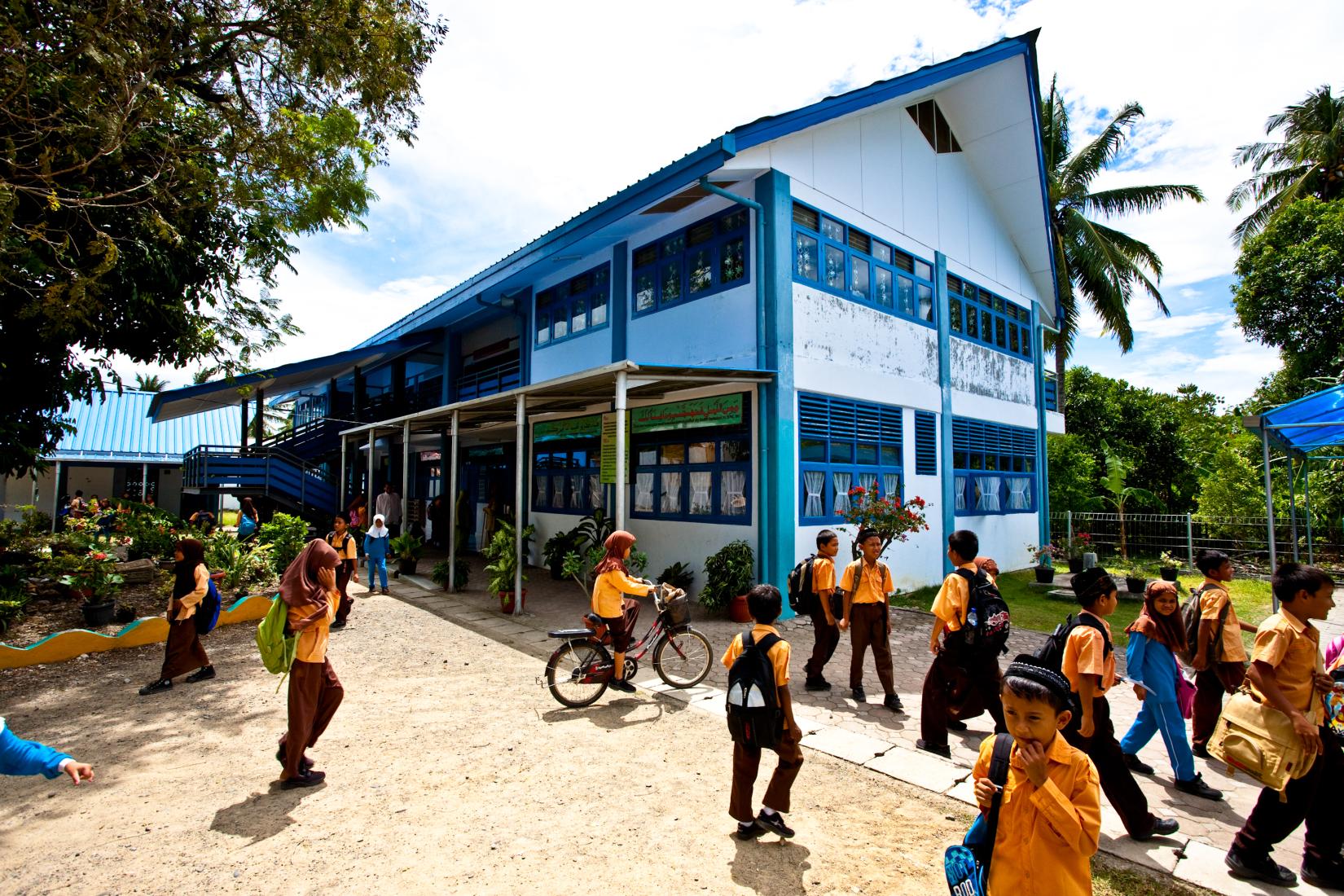
A Blueprint for Recovery: Schools and Health in Nias Island. (Pulau Nias, 2005)
United Nations Office for Project Services (UNOPS) | After the 2004 Indian Ocean earthquake and tsunami, UNOPS, contracted by UNICEF, built 225 primary schools with 1,467 classrooms, serving over 44,000 students in Aceh province and Nias Island. In addition, 27 integrated health nutrition and early childhood development centers were built. The buildings featured earthquake-resistant designs and improved facilities, greatly supporting post-disaster recovery and development.
The Lifeline of Food Assistance in Aceh. (Calang, Aceh Jaya, 2005)
World Food Programme (WFP) | The World Food Programme (WFP) landing craft operation is underway, delivering vital food assistance to Calang, Aceh. This region was among the hardest hit by the Tsunami, and providing food supplies is a critical lifeline for the disaster victims. During tsunami operations, WFP operates a large number of logistics support services facilitating the delivery of critical humanitarian aid to the entire humanitarian community, for land operations under the UN Joint Logistics Centre (UNJLC), air operations under the UN Humanitarian Air Service (UNHAS) and sea operations under the Shipping Service.
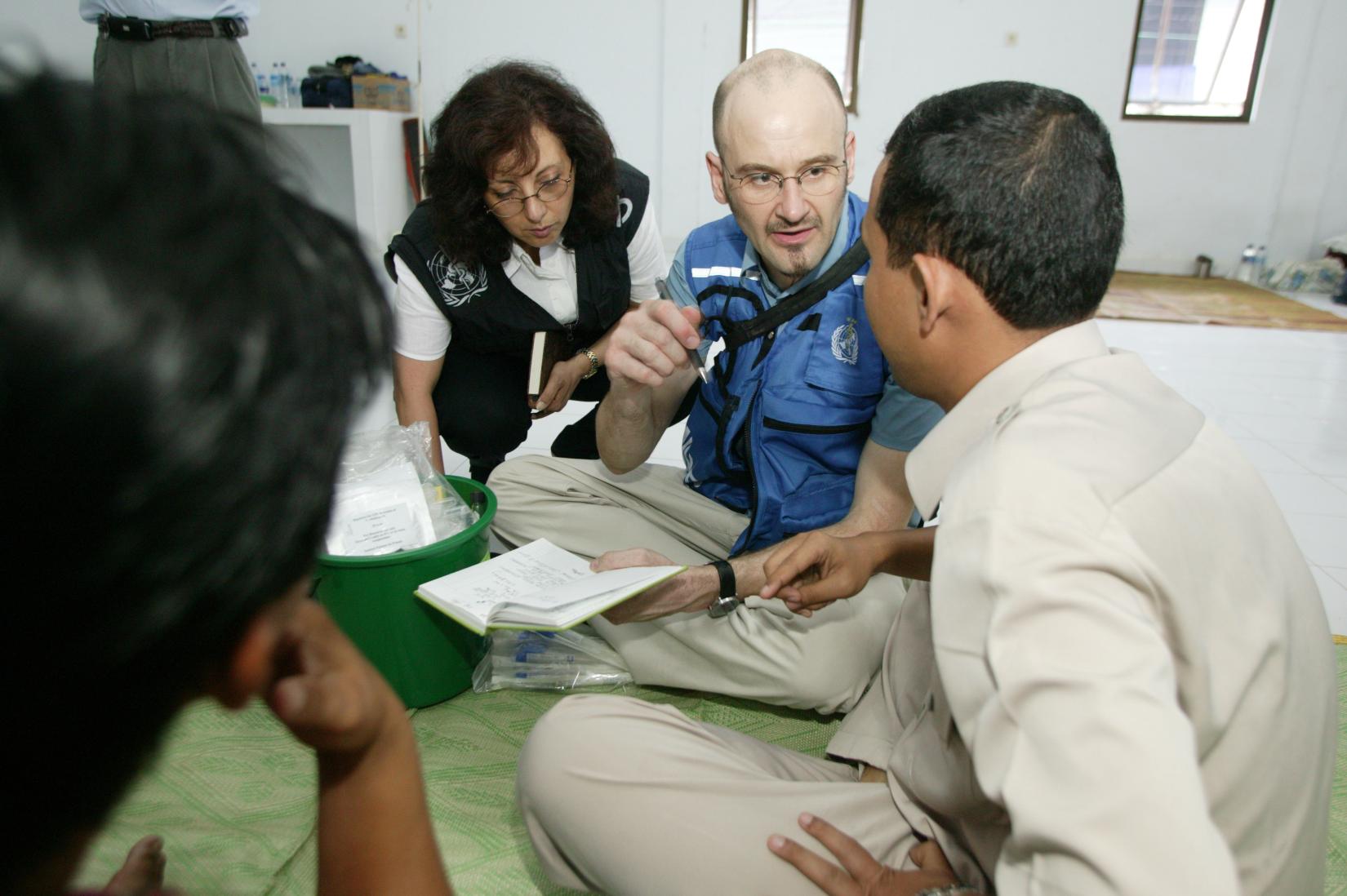
Curbing Communicable Diseases During Recovery. (Banda Aceh, 2005)
World Health Organization (WHO) | In the military hospital of Banda Aceh, a team of Portuguese medics engages in discussions regarding a possible case of cholera with representatives from the World Health Organization prior to an inspection. The child exhibited cholera symptoms and was placed in a semi-isolated condition.
Visit our "20 Years Aceh Tsunami Commemoration" page for more.

















